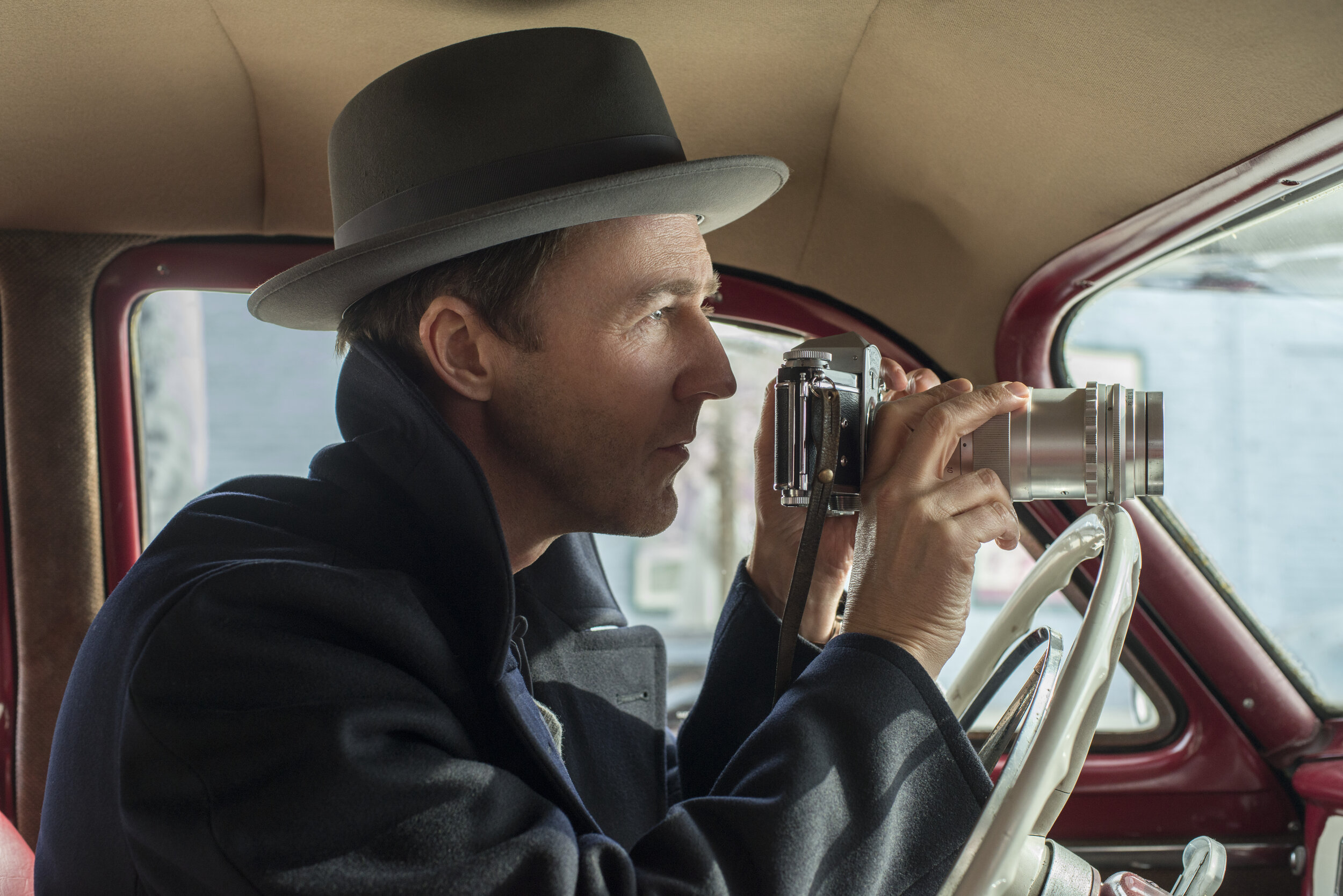'Last Christmas'
If there ever was a movie that was utterly ruined by its own marketing, it’s “Last Christmas,” a warm and winsome holiday romantic comedy that works best if you don’t know too much about it.
Since I’m not in Universal’s marketing department, I can deploy some restraint in synopsizing the movie. It centers on Kate, played by Emlia Clarke, a Croatia native who moved to London as a kid with her parents (Emma Thompson, who co-wrote the screenplay, and Boris Isakovic) and her sister, Marta (Lydia Leonard).
Now, in 2017, Kate is 26 and something of a train wreck, alienating her friends by couch surfing to avoid living with her parents, getting drunk at night, and having disastrous auditions that do not help her nonexistent singing career. She works as a clerk and assistant elf at a Covent Garden shop that sells Christmas stuff all year long, and barely hangs on thanks to her indulgent boss, a Chinese woman who goes by the name Santa (played by Michelle Yeoh).
One evening, Kate meets Tom — played by Yeoh’s “Crazy Rich Asians” son, Henry Golding — who takes an instant shine to her. Kate is more jaded, but slowly she warms up to his perpetually sunny disposition.
This being a romantic comedy — and, what’s worse, a Christmas rom-com — there are complications in the script, by Thompson and rookie writer Bryony Kimmings (with story credit going to Thompson and her husband, Greg Wise). There’s a big one that would be a “Crying Game”-level shocker, if half the internet hadn’t deduced what it was when they saw the trailer a couple months ago.
But forget about that, if you can, and revel in how director Paul Feig (“Bridesmaids,” “Spy,” “Ghostbusters”) and the writers fill out the story with so many whimsical details — from the postcard-perfect London scenery to the playful use of George Michael songs throughout the soundtrack, including the title tune.
Mostly, the delights of “Last Christmas” are in the cast. Thompson, in heavy Slavic accent, brings some acid wit to Kate’s old-country mum. Leonard is appropriately brittle as Kate’s often-ignored sister. And Yeoh steals her scenes, bringing a comic goofiness to offset her polished screen persona.
And the leads are everything a romantic would want. Golding’s Tom is impossibly handsome and charming, and his effusive optimism is infectious. He’s nicely matched by Clarke, who displays a wealth of comedic skills that didn’t get much play in her last job, as the genocidal Mother of Dragons on “Game of Thrones.” Clarke’s bright smile and willingness to play the fool or the jerk will serve her well, in what could be a promising career as England’s next rom-com icon.
——
‘Last Christmas’
★★★
Opens Friday, November 8, in theaters everywhere. Rated PG-13 for language and sexual content. Running time: 102 minutes.







